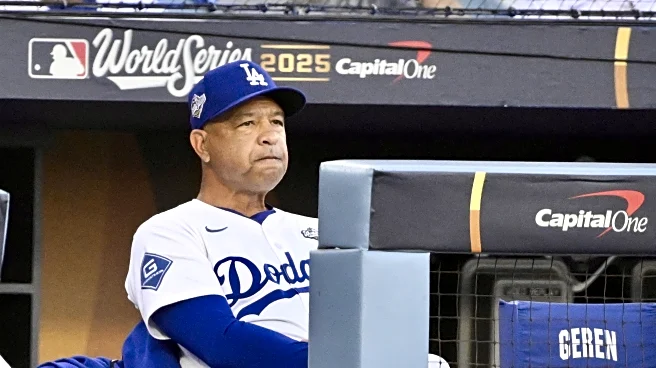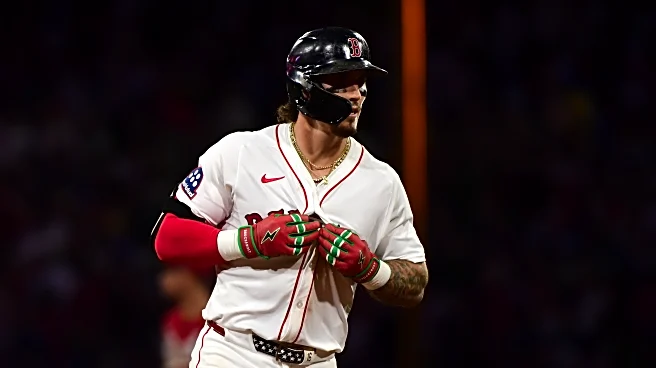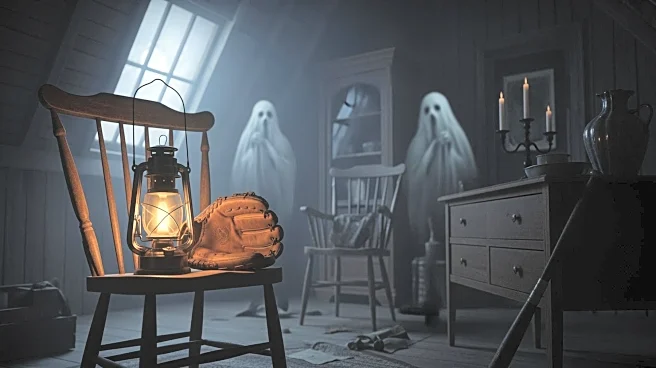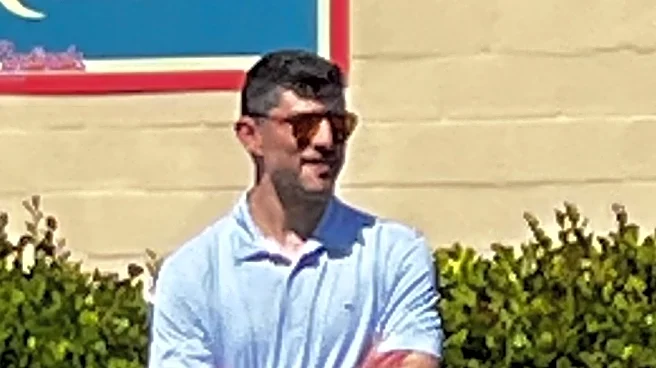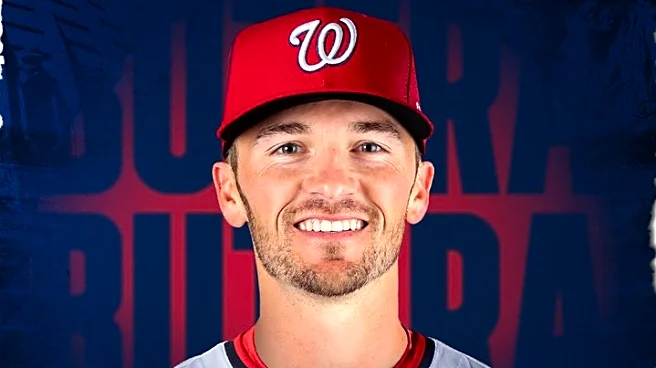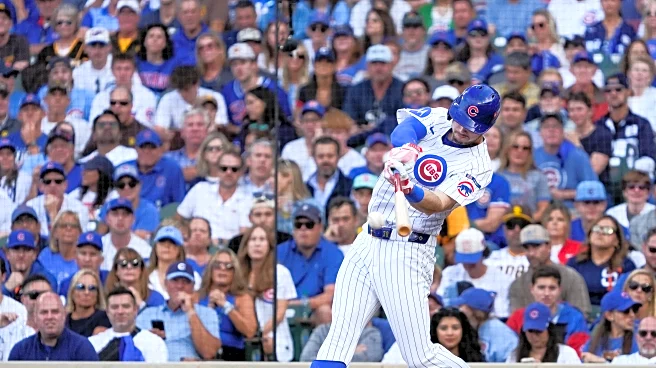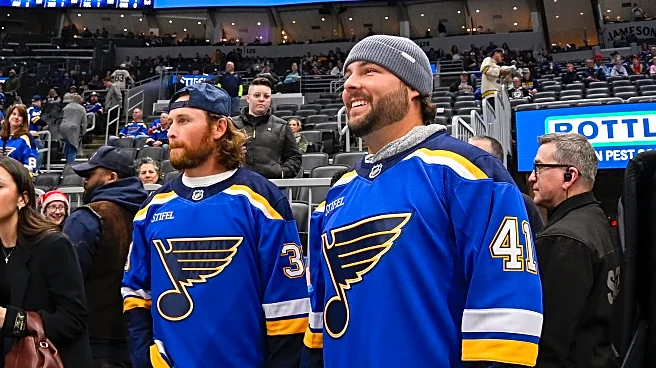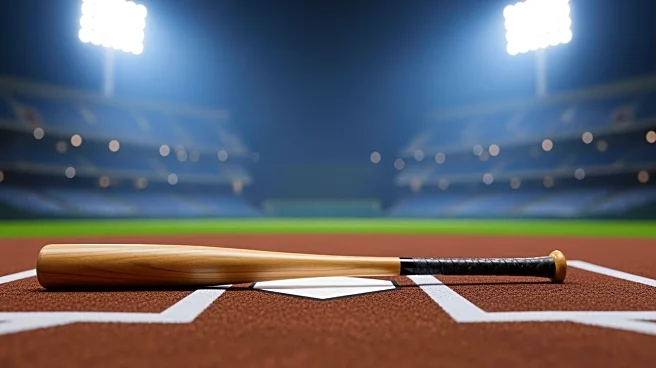A couple weeks ago, I discussed the four lefty bats since they were brought up by Katie Woo as a group who is likely to interest on the trade market. The quartet of Brendan Donovan, Alec Burleson, Lars Nootbaar, and Nolan Gorman are seen as expendable pieces as the Cardinals work towards their rebuild, but the four differ from each other enough that there’s no consensus from fans (and maybe even the front office) on who they should deal.
In a normal St. Louis Cardinals offseason, we would see all
four be retained as the team either wants to a) show loyalty to their veterans or b) refuse to be taken advantage of by selling off struggling formerly well-regarded players. This is where the question comes in: Which of the four should be dealt based on the Cardinals current situation?
To me, the answer is pretty clear (with some caveats, of course). I feel that Burleson and Donovan are in the sell-high category, with Gorman and Noot in the “get them outta here” category.With the current state of the Cardinals and the projected timeline, they need to sell high. But not on Alec Burleson. I’m talking Brendan Donovan. Confused? Same, kinda. Burleson has become a quality major league bat on a team that, quite frankly, does not have many on the 26-man roster. Donovan is definitely one of those, so why am I picking one over the other?
Brendan Donovan is, by all accounts, a great clubhouse leader and an absolute grinder on the field. I was on an episode of Dealin’ the Cards last week and I said, “if this was a Cardinals team 10+ years ago, I would have a Donnie jersey and be begging for an extension.” However, those teams had power and run producers in the lineup that someone like Donovan would be an amazing secondary piece. Right now, though, his production is good for a top-3 spot on the team. Donnie will play the 2026 season as a 29-year-old with 14 homers and 72 RBIs being career highs. Again, phenomenal for lineup-rounding piece. The 2025 Cardinals finished second-to-last in homers and with Donovan being under team control for just two more seasons, the time to get value for him is now.
We tend to think about guys the Cardinals held onto too long (Colby Rasmus, Dylan Carlson, Erick Fedde) that they lost all value when it came time to deal them. I think Donnie’s value to other teams is as high as it is going to be. For a Cardinals team who is at least two seasons away from competing, along with a potential work stoppage incoming, the value for St. Louis should be in what prospects he can fetch in a return. I don’t think that means he will grab multiple top-100 prospects or anything that extreme, but he could welcome a projectable prospect or two that are in the top half of the minor leagues.
Couldn’t Burleson get more than that? Unsure. He’s younger with more years of team control, but he is also defensively limited compared to Donovan, although he has improved in both the outfield and at first base. Burly is coming off his career-best season, hitting .290 with a 125 OPS+ and 18 homers, a season after setting a high mark of 21. Hitting coach Brant Brown and manager Oli Marmol have both been vocal in their praise for Burly’s progress and his future ceiling, to me, is higher than that of Donovan. Especially for a team that needs more offense.
What ultimately gets me to lean Donnie over Burly, though, is the defense. While Donovan is a defensively-versatile player, his primary position of second base should be earmarked for top prospect JJ Wetherholt. Why not just move Donovan to the outfield? Because that does not change his offense. Burleson is becoming a middle-of-the-order bat with more power potential, Victor Scott is needed in center field, and Jordan Walker is likely to get one last hoorah in right field. Donovan is better than Walker, for sure, but this is where letting a prospect go for a lost season of Donovan’s service does not make much sense to me.
And this brings me to the other two names, Gorman and Nootbaar. This is where you realize that I cheated in my article title and I actually chose both options. I am choosing to sell high on Brendan Donovan and cash out on Lars Nootbaar. Coming into 2025, I was excited about the premise of Noot providing pop at the top of the order and setting the tone for what I was hoping to be a decently potent offense. Alas, both of those predictions were wrong as Noot, even though it was his healthiest season, is still victim of health questions and an incomplete evaluation grade.
In 135 games, Nootbaar was slightly below-average, checking in with a 95 OPS+, albeit with an improved K-rate. Defensively, he also measured as a subpar contributor, totaling in as a 0.8 fWAR player for the 2025 Cardinals. While I am 70% confident in my “evaluation” of Donovan being at or near his offensive ceiling, I don’t share that feeling with my Noot thoughts. He has the tools to be a 20-25 homer player with an OPS in the 800s, but we have not seen that as he enters his sixth season as a big leaguer. While his value is not near the level of Donnie’s, he at least offers enough intrigue that writers around the league have been mentioning his name as fits for rival teams.
Thoughts on Gorman? Putting in the open: I love moderately versatile lefty infielders with the potential smack 30 bombs and I have a handful of PSA graded Gorman cards. Besides that fact, though, giving Gorman another season of an actual opportunity does not do any long-term damage. His 2025 season was the worst of his career as he put up a devilishly-low .666 OPS with only 14 homers and a couple of injury concerns. Those 14 homers were his career-low, but again higher than the high of Donovan’s, and is two years removed from a 27 home run season. With Donovan traded, that allows JJ Wetherholt to slide into second base (or third, if he is deemed a better defender there and Arenado is dealt), and Gorman would take the hot corner (or second).
In this scenario, by the end of the 2026 season, the Cardinals should have answers on pretty much every one of their players. These deals theoretically give Gorman, Walker, Wetherholt, Burleson, and Herrera (at catcher) everyday at-bats in big evaluation years for the first two on the list. My biggest issue with 2025 is the lack of answers the organization has received on their players and a clean slate in 2026 gives Chaim Bloom and Co. an entire season’s worth of data as they determine the timeline of the team’s return to relevance.


